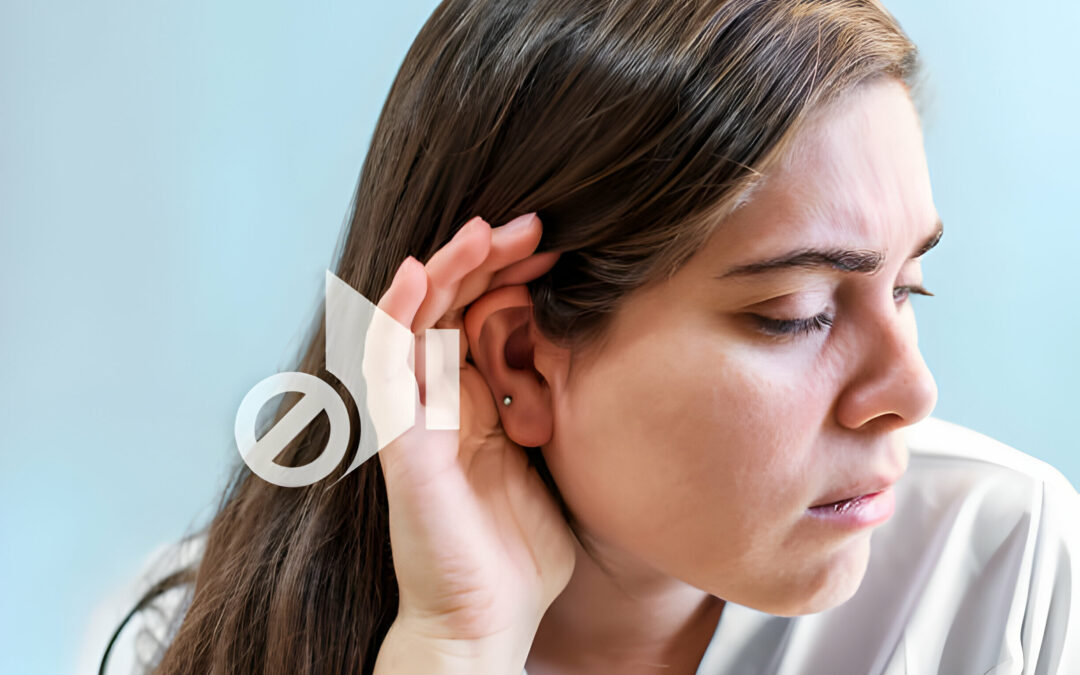As technology continues to advance, the quest for creating inclusive environments for all individuals, especially the elderly, remains a priority. One remarkable innovation contributing to this cause is the Hearing Induction Loop, a technology designed to enhance auditory experiences for those with hearing impairments. Let’s delve into the myriad benefits that Hearing Induction Loops offer, particularly for the elderly population.
1. Improved Clarity in Sound Transmission:
For many elderly individuals, hearing loss is a common challenge. Hearing Induction Loops, also known as hearing augmentation systems, address this issue by transmitting sound directly to hearing aids or cochlear implants equipped with a telecoil. This direct transmission results in improved clarity and reduced interference, enhancing the overall listening experience.
2. Enhanced Communication in Public Spaces:
Public spaces can pose significant challenges for the elderly, especially in bustling environments with ambient noise. Hearing Induction Loops installed in venues such as theaters, auditoriums, and houses of worship provide a direct audio feed to compatible hearing devices, enabling the elderly to participate fully in social and cultural activities.
3. Increased Independence and Social Engagement:
By minimizing the barriers associated with hearing impairment, Hearing Induction Loops empower the elderly to maintain their independence and actively engage in social interactions. Whether attending community events or public lectures, this technology fosters a sense of inclusion and connectivity.
4. Seamless Integration with Telecoil-Equipped Devices:
Modern hearing aids and cochlear implants often come equipped with telecoils, allowing users to connect wirelessly to Hearing Induction Loops. This seamless integration ensures that the elderly can effortlessly switch between different environments, from their living rooms to public spaces, without compromising on sound quality.
5. Cost-Effective Solution for Public Venues:
Implementing Hearing Induction Loops in public venues represents a cost-effective solution for enhancing accessibility. Rather than investing in individual assistive devices, venues equipped with Hearing Induction Loops cater to a broader audience, making it a practical and inclusive choice for facility managers and event organizers.
6. Compliance with Accessibility Standards:
In many regions, there are accessibility standards and regulations that encourage or mandate the installation of hearing loops in public spaces. By adopting Hearing Induction Loop technology, businesses and organizations demonstrate their commitment to inclusivity and compliance with these standards.
7. Reducing Social Isolation:
Hearing loss can contribute to social isolation among the elderly, as communication becomes challenging. Hearing Induction Loops act as a bridge, facilitating clear communication and reducing the sense of isolation that may accompany hearing impairment.
The benefits of Hearing Induction Loops for the elderly extend beyond the realm of improved auditory experiences. These systems play a pivotal role in fostering inclusivity, promoting social engagement, and enhancing the overall quality of life for the elderly population. As technology continues to evolve, the integration of Hearing Induction Loops represents a significant stride towards creating a more accessible and age-friendly world.


Recent Comments